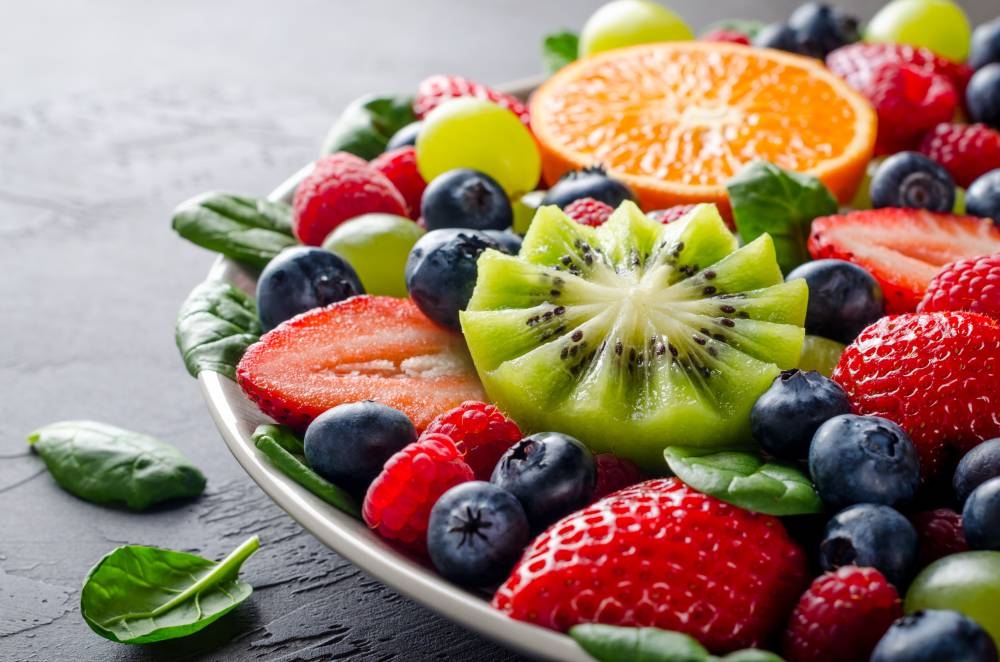The importance of “moreh” for people with diabetes
MOHD SIDDEQ AZHA AZAHARI
In our previous Ramadan article, we talked about the importance of suhoor and how a person with diabetes should take proper measures for suhoor to ensure good blood sugar control during Ramadan.
Other than the satiety requirement, suhoor and iftar is religiously ordained through prophetic traditions of Prophet Muhammad (PBUH), thus observing both practices confers both spiritual and physiological benefits for an individual.
In Malaysia, we have an additional cultural and local practice of feasting called “moreh”. Moreh is taken later in the night but before one sleeps, and is typically taken after the supererogatory taraweeh prayers, whether in communal congregation at the mosque or with family members at home.
However, moreh is not compulsory nor is it recommended (sunnah) in religious terms.
But, for those with diabetes, moreh is an important part of the Ramadan nutritional practice to ensure good glycemic or blood sugar control.
It provides the opportunity to load up on more nutrients such as fibers, protein, good fat, and micronutrients for the body to prepare itself during the month-long day of fasting.
Such opportunity arises during Ramadan as there are tendency for older people with diabetes to undereat during iftar and suhoor.
However, for those that overeat, it will be a different story.
Additionally, the moreh is an intermediary time between iftar and suhoor, where having a meal during this time will create a good continuity of blood sugar control towards the suhoor time, provided that their iftar meals are nutritionally-balanced.
The time gap between iftar and suhoor, which can last up to 11 hours in Malaysia may also induce a life-threatening condition called hypoglycemia or lower-than-normal blood sugar.
This can simply be avoided should moreh is taken in a proper and adequate way.
A particular note to take into consideration of moreh is that the meals provided at the mosque or at home, consists of “kuih”, snacks, sweet drinks, and/or desserts such as kuih talam, karipap, teh tarik, air sirap, bubur kacang hijau or fried items such as mee hoon goreng which are all high in carbohydrates.
To make it worse, other important nutrients such as fibre and protein are not typically present as part of the meal.
Certain places provide fruits as part of their moreh, and this should be taken into proper advantage for diabetic management.
As for protein, people with diabetes should strive to include it in their moreh, especially when it is taken at home.
Moreh is more than just a feast. It’s a communal time of bonding and getting to know each other. It invokes a sense of community and is beneficial for the social needs of any individual.
It’s with the utmost understanding that those with diabetes, as with any individual are to participate in moreh activities. Thus, it’s important that those with diabetes have a correct perception of moreh and have proper knowledge to navigate through the needs and options of moreh.
For more information on credible nutrition advice, please visit: www.dietideas.com.my.
This article is written by Diet Ideas Service Manager & Dietitian, Mohd Siddeq Azha Azahari.














